And the generator didn't stop there. It gave me 50 headshots to choose from, including one in which I have pink hair (eight-year-old Caroline would be thrilled):
![]()
One where I test out a Batman movie poster-style aesthetic (with a few face glitches):
![]()
And one where I lose a few fingers and resemble an 18th-century portrait:
![]()
I then tested out another popular AI-generator, Remini. Pro-tip: They offer a free trial in the app which allows you to see fairly quickly your own AI-generated headshots.
And I'll admit that the results are certainly better (although the teeth could use a little work).

Why would anyone turn to an AI generator for a headshot?
While most of my images are frightening, not everyone has the same experience.
Recently, young professionals and recent graduates began posting their AI-generated professional headshots on TikTok, where the trend first went viral.
Turning to AI for generated headshots makes sense for two major reasons: Time and money.
Getting headshots taken by a professional photographer can become costly, and it's also time-intensive, ranging anywhere from $250 to $1,000+ for a one-hour photo shoot.
So it's easy to understand the temptation to upload a couple of solo shots to an image generator for headshots, pay roughly the cost of a coffee, and – voila! – have an impressive, high-quality headshot in no time.
Plus, if you're like me, it just feels less awkward than posing for an hour as a stranger clicks away.
The process is rather straightforward, too. After you've uploaded your images and chosen a style or aesthetic you want, an AI model creates an image based on your uploaded photos … as well as millions of other images the model is trained on.
A quick Google search will show you that there are already at least a dozen services available online and in app stores.
… but inherent AI biases make these AI headshot generators far from reliable
There are major drawbacks to these headshot generator services – namely, that AI is trained on data sets, so the results you receive are based on what it's learning from. And if the AI model is learning from a data set that isn’t reflective of an inclusive and diverse environment, biases creep in.
Consider the results for Rona Wang, a recent graduate from Massachusetts Institute of Technology:
Rather than compiling Wang's images, replacing the background, and putting her in a blazer, the AI generator lightened Wang’s hair, made her eyes round and blue, and changed her complexion.
As Wang told the Wall Street Journal, “The overall effect definitely just made me look like a white person.”
AI racial and gender biases aren't limited to headshots. The issue is widespread across AI-generated images.
In a recent analysis, Bloomberg used Stable Diffusion to generate thousands of images and create representations of workers across 14 jobs. They found that men with lighter skin tones represented the majority of subjects in every high-paying job, including “politician,” “lawyer,” and “CEO.”
Subjects with darker skin tones were more commonly generated by prompts like “fast-food worker” and “social worker.”
![]()
To combat these image biases, companies will need to monitor and manually update the data their AI models are trained on. This will help ensure the data sets are comprehensive and inclusive.
Alternatively, companies like Stability AI are developing open-source models that can be trained on “datasets specific to countries and cultures, which will serve to mitigate biases caused by overrepresentation in general datasets,” a company spokesperson told Bloomberg.
AI can create your headshot … but at what cost?
As someone who’s had the same headshot for eight years out of mere laziness, I get it: AI-generated headshots are cheap, fast, and easy.
But for many, these AI-generated headshots lead to dangerous complications.
Underneath the humorous AI glitches that result in extra fingers or teeth, there is a more insidious issue: AI reflecting our own racial and gender biases back at us in the form of distorted headshots. Images that represent lighter-skinned, thinner, blonder versions of us all.
And at its core, a professional headshot should represent you. It's one of the only aspects of your professional page that allows you to showcase your personality.
These AI-generated images, which are usually over-filtered and under-nuanced, can take away your opportunity to present yourself authentically in the professional world.
And that's no small thing.
Artificial Intelligence

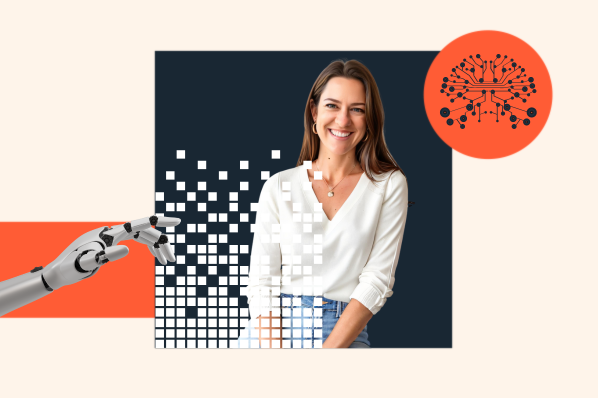

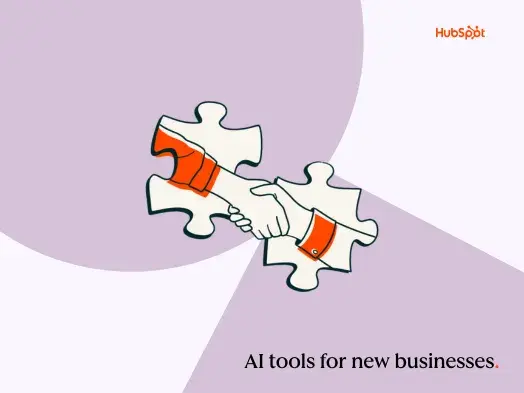
![AI email subject lines that drive 3x more revenue and actually convert [+ exclusive insights]](https://53.fs1.hubspotusercontent-na1.net/hubfs/53/ai-email-optimization-1-20251014-4500151-1.webp)
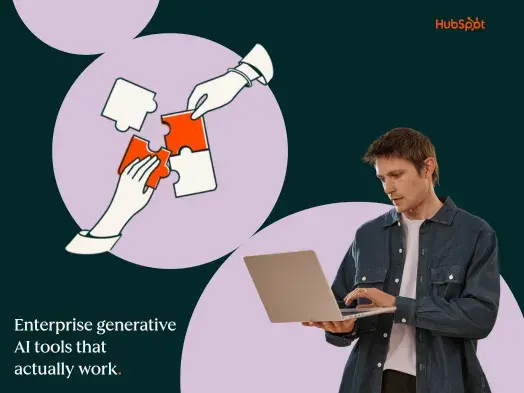
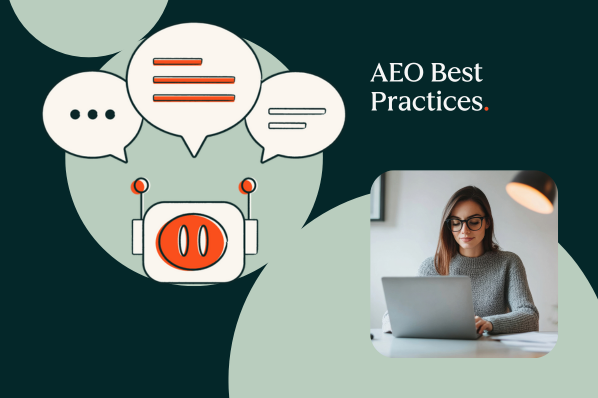
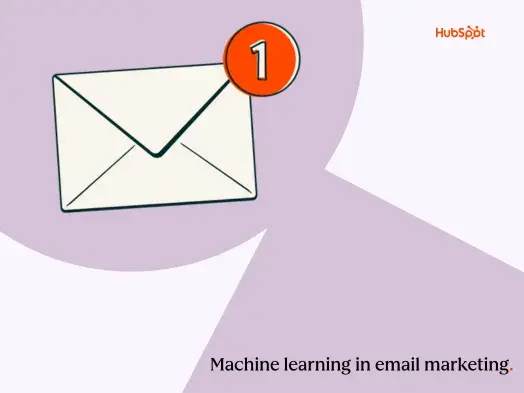
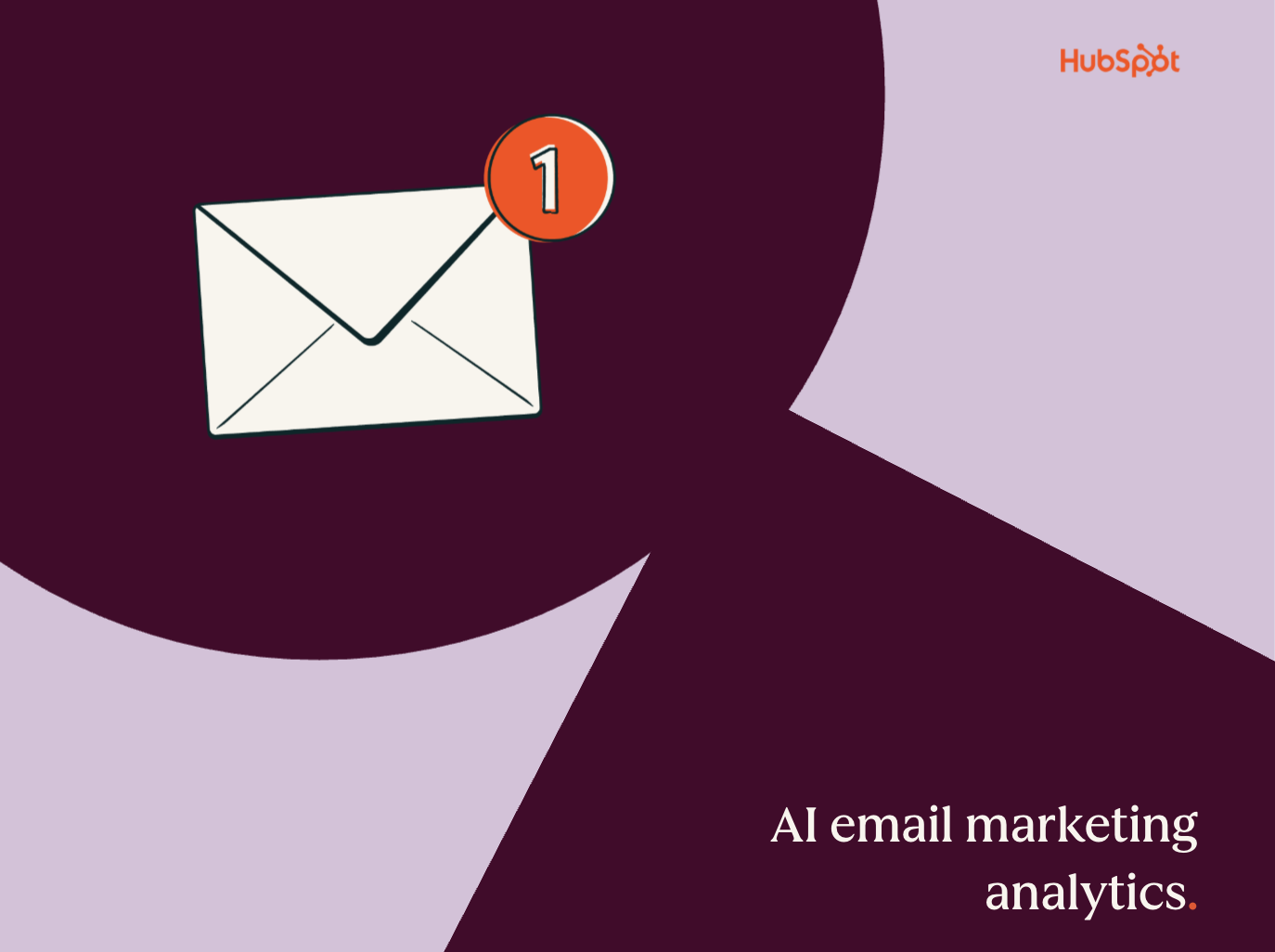
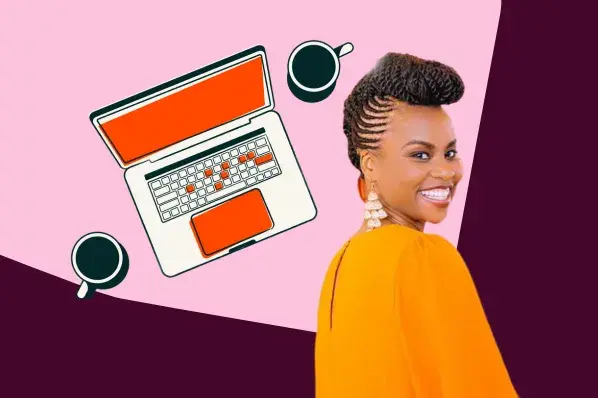
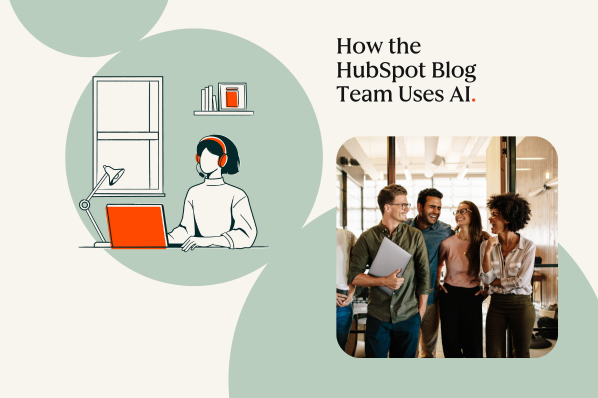
-1-20250905-2237709%202.webp)